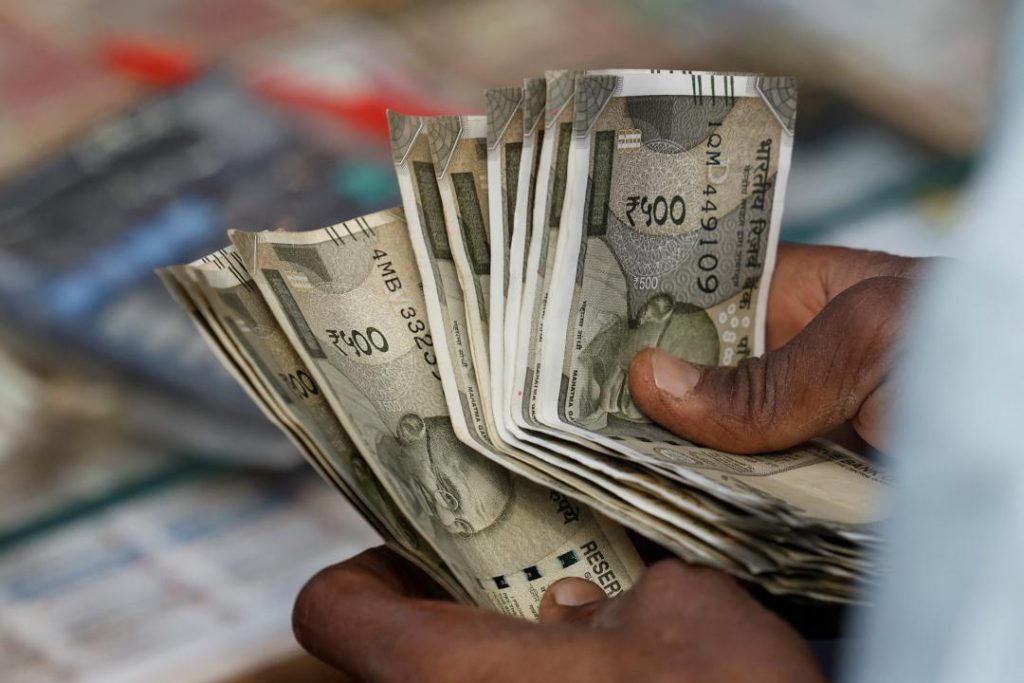
What got cheaper & costlier in March as CPI falls to 67-month-low of 3.34%?
The Consumer Price Index (CPI), a vital indicator of inflation, has finally fallen to a 67-month-low of 3.34% in March. This significant drop in retail inflation is a welcome relief for consumers, who have been grappling with rising prices for quite some time now. The latest data released by the Ministry of Statistics and Programme Implementation (MoSPI) reveals that while some essential commodities saw a decline in prices, others experienced a marginal increase. In this blog post, we’ll delve into the details of what got cheaper and costlier in March, and what it means for the average Indian consumer.
Declining Prices:
Eggs, vegetables, and pulses saw a significant decline in prices in March, providing a much-needed respite to consumers. The prices of eggs, in particular, fell by 14.44% year-on-year (YoY), followed by vegetables (-6.45% YoY) and pulses (-5.33% YoY). These staple food items are a crucial part of the Indian diet, and their lower prices will undoubtedly bring cheer to households across the country.
Spices, meat, fish, housing, recreation, and amusement also saw prices drop marginally in March. The prices of spices, for instance, fell by 0.34% YoY, while meat, fish, and poultry products declined by 0.24% YoY. Housing prices, which have been a major concern for many Indians, saw a marginal decline of 0.13% YoY. This is a positive sign for the real estate sector, which has been facing challenges in recent years.
Rising Prices:
On the other hand, some essential commodities saw a marginal increase in prices in March. Fruit prices, in particular, saw a significant jump of 4.44% YoY, making them one of the most expensive food items in the country. This is likely due to factors such as supply chain disruptions, weather-related issues, and demand fluctuations.
The prices of cereals, milk, oil, sugar, confectionery, clothing, snacks, sweets, pan, tobacco, footwear, fuel, and health and education also saw marginal rises in March. Cereals prices, for instance, increased by 0.45% YoY, while milk prices rose by 0.34% YoY. Oil prices, which have been a major concern for many Indians, saw a marginal increase of 0.25% YoY.
Impact on Consumers:
The decline in CPI to a 67-month-low of 3.34% is a significant development, and it’s likely to have a positive impact on consumers. With prices of essential commodities like eggs, vegetables, and pulses declining, consumers will have more disposable income to spend on other items. This, in turn, is likely to boost consumption and support economic growth.
The marginal increases in prices of some commodities, such as fruit and cereals, may not have a significant impact on consumers, especially if they are offset by the declines in prices of other essential items. However, it’s essential for consumers to remain vigilant and monitor price trends to ensure they’re getting the best value for their money.
Conclusion:
In conclusion, the decline in CPI to a 67-month-low of 3.34% is a welcome relief for consumers, who have been grappling with rising prices for quite some time now. While some essential commodities saw a decline in prices, others experienced a marginal increase. As consumers, it’s essential to be aware of these price trends and make informed decisions to ensure they’re getting the best value for their money.
Source:






